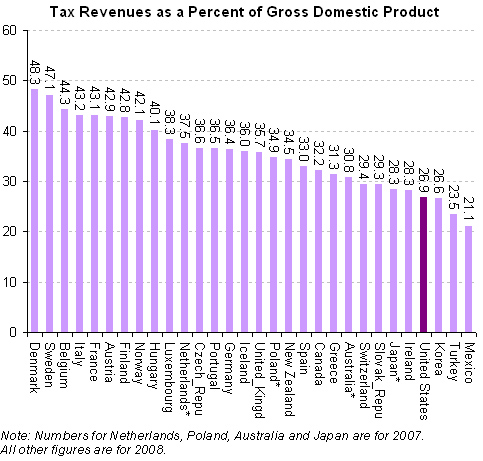One of the criticisms sociologists sometimes have of economics is related to the assumption of rational choice. Many economic models assume that individuals will always act to maximize their benefit.
Sociology, however, is premised on the idea that humans make meaning. To begin with, what is “rational” is socially constructed and, further, humans value many things beyond pure strategic economic gain.
The photo below illustrates this concept quite well:

If you had a found iPod touch, which number would you call? Certainly some of you might call for the $51 reward, but many of us would call for the $50 reward. We would sacrifice that extra dollar because we would know that the second person is scamming, while the first is (probably) honest.
The proportion of people that would call the scammer, of course, goes up as his reward gets increasingly large compared to the original reward. But this doesn’t mean that rational choice theory is correct, it just means that we’re rational. That is, many of us are more willing to do the less-right thing when there is more to gain from it (though our tipping points are going to vary tremendously). Pure rational choice theory, though, would have us calling the scammer every time, even if only for a buck, as if nothing else matters.
The High Definite, via MontClair SocioBlog (where Jay first spoke to rational choice theory in his post).
Lisa Wade, PhD is an Associate Professor at Tulane University. She is the author of American Hookup, a book about college sexual culture; a textbook about gender; and a forthcoming introductory text: Terrible Magnificent Sociology. You can follow her on Twitter and Instagram.















